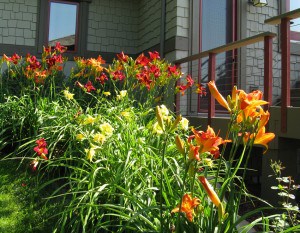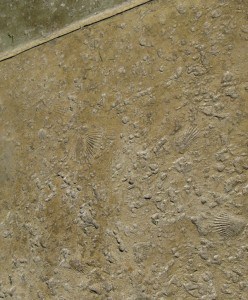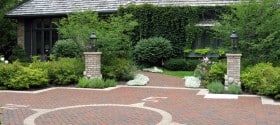Channeling a little Monet
In this industry, the-outdoors-is-nature’s-canvas-we-are-the-artistés references abound. Depending on the context, it either sounds good or cheesy. But we have some bona fide artistry going on in some of our landscapes, thanks to the classy little My Monet Weigela.
When this plant was first introduced a few years ago, we were was skeptical. The name seemed to set up lofty expectations. The pictures showed crisp green, white, and pink-variegated foliage that you just knew would fade with summer’s heat and/ or not be anywhere near as pronounced in real life. And it was being marketed in a white pot (white variegation in white pots? really?).
We kept our distance from My Monet Weigela for a while, but slowly, slowly the landscape designers began using one here and there. We waited for the heartbreak to begin.
Except it didn’t! The weigelas turned out to be little powerhouses, staying small, the variegation staying true. They combined well with tons of other plants and provided some “wow” factor.
A recent follow-up site visit found the My Monets doing their job, complementing brickwork and contrasting nicely with surrounding shrubs. It was a sparkling little gem out there…My Monet is living up to its name.

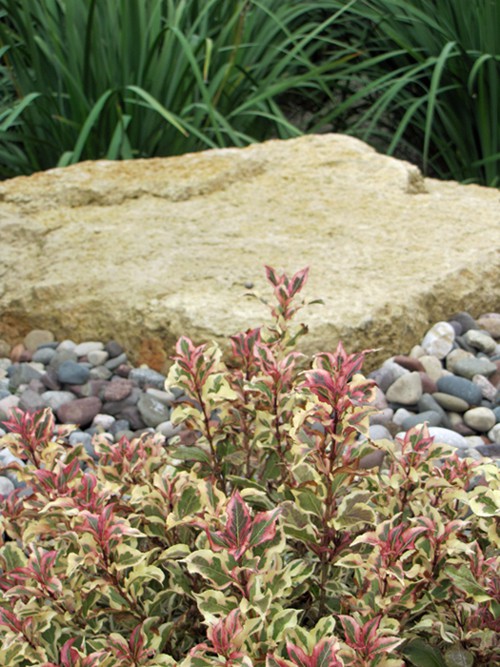
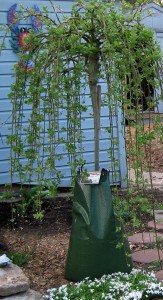 There are a few funky things going on in this picture, and your first instinct might be to point out the weird-looking bag zipped around this tree’s trunk. You may have even seen these around town. What exactly is that thing?
There are a few funky things going on in this picture, and your first instinct might be to point out the weird-looking bag zipped around this tree’s trunk. You may have even seen these around town. What exactly is that thing?